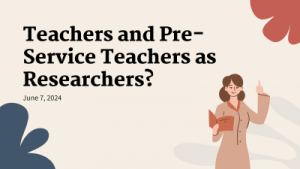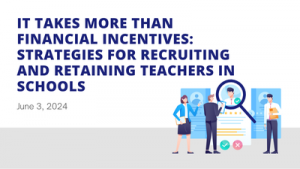Author: Professor David Carless, Professor, The University of Hong Kong
A team of Faculty of Education colleagues has just concluded a teaching development project investigating the interface between change and feedback in higher education. Our main goals were twofold: to enhance our feedback practices; and understand drivers and barriers to change in tertiary-level feedback processes. Our work speaks to an undercurrent in the literature that despite sustained research interest, feedback practices seem largely resistant to change (Dawson et al., 2019).
We conclude our project with a set of integrated recommendations for promoting change in feedback practices. These are presented below as six principles with a short commentary and reflection questions underneath each principle.
1. Enable savings to teacher feedback workloads;
There is a lot of wasted teacher effort in feedback inputs that are not downloaded or read by students (Winstone et al., 2021). We should strive to reduce ineffective forms of commentary that come too late for student action. Worthwhile change should not increase teacher workload, it should make teachers work more meaningful and satisfying. What feedback inputs might be curtailed and what might be developed further?
2. Integrate sound learning principles with innovative forms of feedback;
To what extent are developments in artificial intelligence going to revolutionize feedback? The potential of chatbots, such as ChatGPT, needs to be integrated with principled feedback designs involving students generating, curating and working productively with feedback inputs of various forms. How can students be guided to make the most of the variety of automated feedback possibilities that are emerging? What kinds of assessment and feedback designs promote sound learning principles, and reduce pitfalls, of AI-generated inputs?
3. Cater for students’ perspectives on feedback;
Feedback processes are for students, so need to recognize and account for their agency, their needs and their emotional reactions. Teachers need to appreciate students’ struggles even if we don’t always fully agree with their perceptions. What timing, modes and forms of feedback are most conductive to student follow-up? How can teachers balance the need for being both encouraging and critical?
4. Emphasize student agency in feedback processes;
Students are the end-users of feedback processes so learners need to be active in seeking, generating, processing and using feedback inputs of different kinds. Generating peer feedback enables the development of evaluative judgment (Tai et al., 2018), and leverages comparisons between own work and that of others (Nicol, 2021). How can teachers encourage student agency in relation to feedback processes?
5. Focus feedback designs firmly on enhancing meaningful student learning;
Feedback prioritizing the development of student learning seems obvious but feedback practices are often influenced by external forces: what appears to be encouraged or permitted; what appears diligent; or what an external examiner might want (Winstone & Carless, 2021). Teachers are encouraged to avoid compliance approaches and focus on key issues for meaningful student learning, including how students can make use of feedback inputs. How might teachers most profitably focus feedback designs on enhancing student learning?
6. Teachers learn to change and enhance their feedback practices when working in a supportive community.
Our team members felt that change and progress were facilitated by sharing in a collegial group. Teachers are positioned for change and enhancement through collaborative activities: working in teams; experimenting with different practices; sharing and discussion of innovative digital or AI-generated modes of feedback; and experiencing opportunities to reflect together on the value and impact of different feedback practices. How can collaborative work amongst teachers be fruitfully leveraged?
Implementing change is invariably challenging. Changes need to meet the values and beliefs of teacher-implementers; and fit the contextual requirements of a teaching and learning environment. May the spirit of principled innovation infuse your teaching and your feedback practices!
References
Dawson, P., Henderson, M., Mahoney, P., Phillips, M., Ryan, T., Boud, D., & Molloy. E. (2019). What makes for effective feedback: Staff and student perspectives. Assessment & Evaluation in Higher Education, 44(1), 25-36. doi:10.1080/02602938.2018.1467877
Nicol, D. (2021). The power of internal feedback: Exploiting natural comparison processes. Assessment and Evaluation in Higher Education, 46(5), 756-778. doi:10.1080/02602938.2020.1823314
Tai, J., Ajjawi, R., Boud, D., Dawson, P., & Panadero, E. (2018). Developing evaluative judgment: Enabling students to make decisions about the quality of work. Higher Education, 76(3), 467-481. doi:10.1007/s10734-017-0220-3
Winstone, N., J. Bourne, E. Medland, I. Niculescu, & R. Rees. (2021). “Check the grade, log out”: Students’ engagement with feedback in learning management systems. Assessment & Evaluation in Higher Education 46(4), 631-643. doi:10.1080/02602938.2020.1787331
Winstone, N., & Carless, D. (2021). Who is feedback for? The influence of accountability and quality assurance agendas on the enactment of feedback processes. Assessment in Education 28(3), 261-278. doi:10.1080/0969594X.2021.1926221



